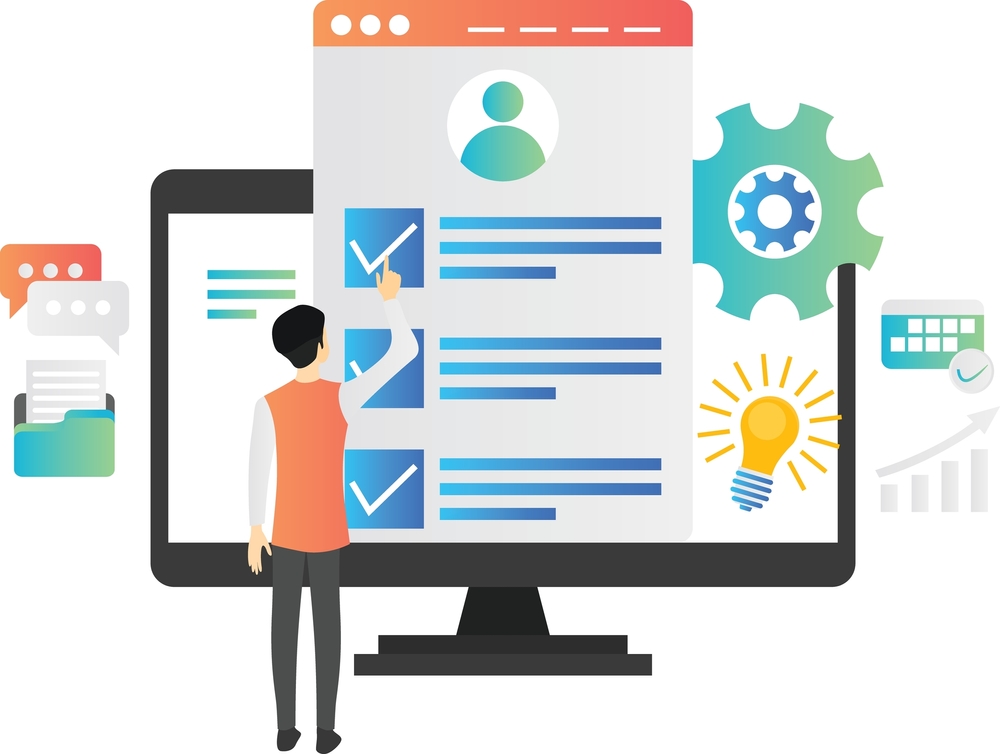In the modern era of information technology, tracking television viewers has become one of the approaches in marketing, advertising and any other businesses that seeks to provide optimal satisfaction to the available market. The basic sources of such information include internet technologies, which are dependent on different approaches/technologies having positive and negative sides in regards to privacy and data handling.
1.Cookies
Cookies are small files of information that a web browser saves onto a user’s device while he or she is visiting a certain website. They aid in remembering certain user settings, for example, the login credential of the user. There are primarily two types of cookies that are relevant for tracking purposes:
First-party cookies: These cookies are set by the website at which a user is currently browsing and are typically geared towards improving the experience of the user (For instance, remembering items left in a shopping cart).
Third-party cookies: These are set by the domains other than the one a user is currently active. They however are mostly concerned with advertising and tracking purposes as they enable advertisers to collect data from several sites and come up with a very detailed profile of the user.
However, owing to the rising concerns of privacy, a number of browsers are beginning to do away with the use of third party cookies and this has caused a change in ways of tracking.
2. Fingerprinting
Browser fingerprinting is a more sophisticated tracking method that does not rely on cookies. It involves collecting information about a user’s device, such as operating system, browser type, installed plugins, screen resolution, and time zone. This data can create a unique “fingerprint” for each user, allowing websites to track their behavior across the web without relying on cookies. While effective, fingerprinting raises significant privacy concerns and is often seen as more intrusive than traditional cookie tracking.
3. Web Beacons and Pixels
Web beacons or tracking pixels are small covert images that are incorporated in web pages and emails. When a person views a particular page or accesses an email that has a web beacon attached to it, information is reported back to the server. This enables the tracking of the level of interaction by users and it is commonly deployed in email marketing and advertising campaigns in order to gauge the success or efficiency of various tactics.
4. Cross-Device Tracking
As more and more users are surfing the net through multi devices, it has become exigent to incorporate cross-device tracking in user profiling. This technique employs a variety of techniques encompassing the use of log-in credentials, device identification numbers and activity statistics among other things. For instance, if a customer looks over a certain item on his/her mobile device and then subsequently buys the item in his/her laptop, cross-device tracking gives the marketers the whole picture about how the user journeys.
5. Social Media Tracking
Businesses are able to monitor user activity on the internet through the use of social media services in a more efficient manner. Encouraged by the social media connectivity of the web pages, which is enriched with data collection programs, companies will monitor user’s activities and their reaction to content posted on the web. This enables more appropriate advertisement campaigns targeting the user’s preferences and behavior while online.
6. Data Management Platforms (DMPs)
DMPs are sophisticated tools that store and crunch big piles of user data from different sources. DMPs enable the marketers to define target audiences by understanding their behavior and preferences and the way they interact with the content. DMPs serve to optimize the marketing activities of the company by helping to ensure that the right advertisements are presented to the right target audience at the right time.
Implications for Privacy
On the one hand, tracking users across the globe yields great advantages for businesses but on the contrary it brings up important privacy concerns. There is a sociocultural shift towards understanding what happens to the users’ data when it is collected which prompts the regulation of such collections. Regulations like the General Data Protection Regulation and California Consumer Privacy Act enacted in Europe and US respectfully have improved the situation and given power back to the users.
Also Read: Geekzilla at CES 2023-Pioneering the Future of Consumer Tech
Conclusion
The technology for tracking users on the internet is not static and it keeps on changing with the development of users’ strength on privacy. Most of the businesses will always focus on solving the insights problem but in this case have to consider what data they can collect without violating any privacy etiquette. In the coming years, tracking the movements of users will likely be more about transparency and consent, ethical use, and value based innovation soothing businesses’ data hunger and reinforcing ethicality.









